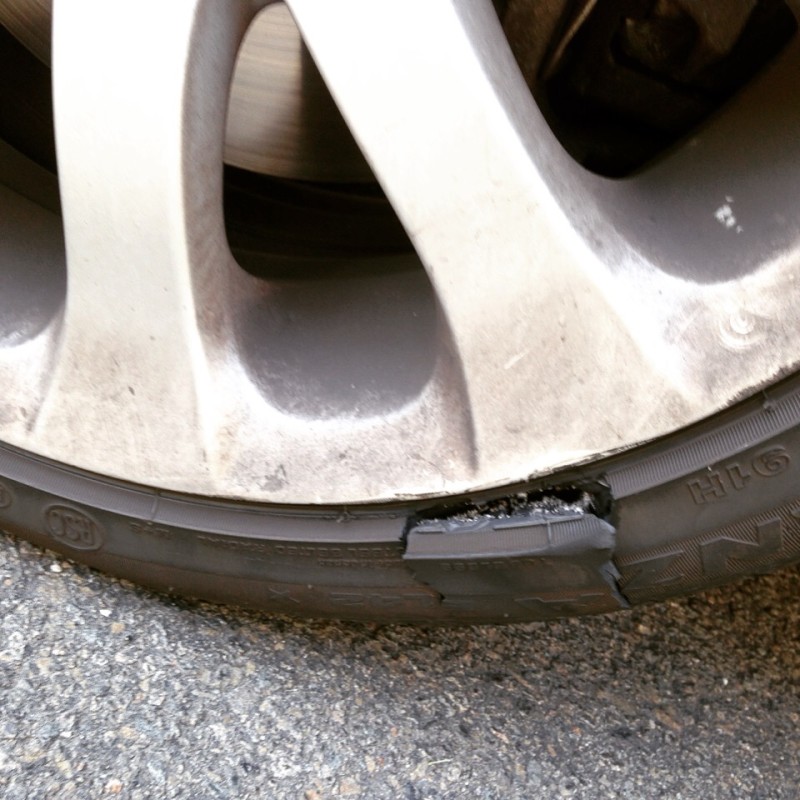Most of us can recognize the fact that a nail in your tire will cause it to go flat. In that case, it’s easy enough to patch the hole and spot the suspect. But, what happens if your tire goes flat and there’s no hole? Is it even possible for a tire to go flat without a hole in it?
Yes, a tire can go flat without a hole in it. Since the assembly consists of rubber getting seated onto a smooth, round, metal wheel, there’s a lot that can go wrong. You might have damage to the valve stem, the metal wheel, the rubber tire, or your tire saw too much force and unseated itself. In any case, you don’t need a puncture to get a flat.
In this quick guide, I’ll answer these questions and provide some important background. By the end of the guide, you’ll know 6 ways that your tire might go flat, even though there isn’t a hole in the tire itself.
Your tires might seem pretty unassuming, but they’re very picky. It doesn’t take much for air to start leaking out of them.
Your tire is a big piece of rubber with layers of fabric and more rubber inside. The tire gets seated onto a metal tire which makes the rubber sealed and airtight. From there, you can pump up your tires and hit the road.
Within the wheel assembly, there are a lot of places where things can go wrong. If any of these spots aren’t perfect, then your tire will go flat.
The reason why a tire goes flat in the first place is a lack of pressure within the tire. As you probably know, there’s a little valve stem near the rims of your wheel. You pump air into this valve, and your tire inflates.
Within the driver’s doorjamb, there’s a sticker that says how much pressure you need in your front and rear tires. As you keep pumping air into the tire, the air molecules don’t have anywhere to go since the rubber is sealed. Instead, the air just pressurizes and starts pushing harder against the rubber tire which inflates it.
If you run over a nail and suddenly there’s a puncture in the rubber, air can quickly escape. This has the opposite effect. When the air can freely leave the tire, it will do so and lower the overall pressure within the tire.
A flat tire is one of the worst mechanical things to happen to your car. Your car’s performance revolves around your tires. Think about it — the only part of your car that should ever be in contact with the road is your tires. This puts a lot of pressure on them, both figuratively and literally.
When your tires flatten, the worst-case scenario is that you get stuck wherever you’re parked. If you’re lucky and can drive away, then you’ll notice:
Any of these problems will ruin your driving experience and put you in danger. Another problem associated with flat tires is that they can lead to tire blowouts. This is when the tire explodes and does extensive damage to other parts of your car in the process.
Another problem associated with flat tires is that they can lead to tire blowouts. This is when the tire explodes and does extensive damage to other parts of your car in the process.
In other words, a flat tire is nothing to ignore. Once you notice one, you’ll need to quickly fix it. The problem in your scenario is that the fix isn’t obvious.
If you notice a bolt or rock that punctured your tire, then you can try to patch the hole can keep driving. Since there’s no hole, what are you supposed to do?
I hinted at the answer already, but it’s absolutely possible for a tire to go flat even if there isn’t a hole in it. All it takes is the tire to have damage somewhere, and air will start escaping. As I mentioned earlier, your tires are more sensitive and technical than you realize. In some scenarios, there doesn’t have to be any damage at all and the tire will suddenly go flat.
There are a few specific ways that your tire might go flat without a hole. In this section, I’ll discuss each of these issues and some quick ways to fix them.
In this section, I’ll discuss each of these issues and some quick ways to fix them.
The valve stem is the part of your tire assembly where you pump air in to inflate your tires. When everything’s working correctly, this valve is capped off so air can’t leak out of it. The idea is that the valve only opens up when you start pumping air into your tires.
From a mechanical standpoint, the valve stem is one of the weakest parts of the whole tire. If there are any cracks or corrosion along the base of the stem, then air has a free release. If the valve itself is faulty, damaged, or corroded, then it won’t seal properly and will also leak air.
In reality, all it takes is a little force to the stem itself and you can get small cracks that force out air.
Solution: Replace the valve stem assembly in your tire. If your tires are new and you’re having issues with the valve stem, reach out to the company that sold you the tires.
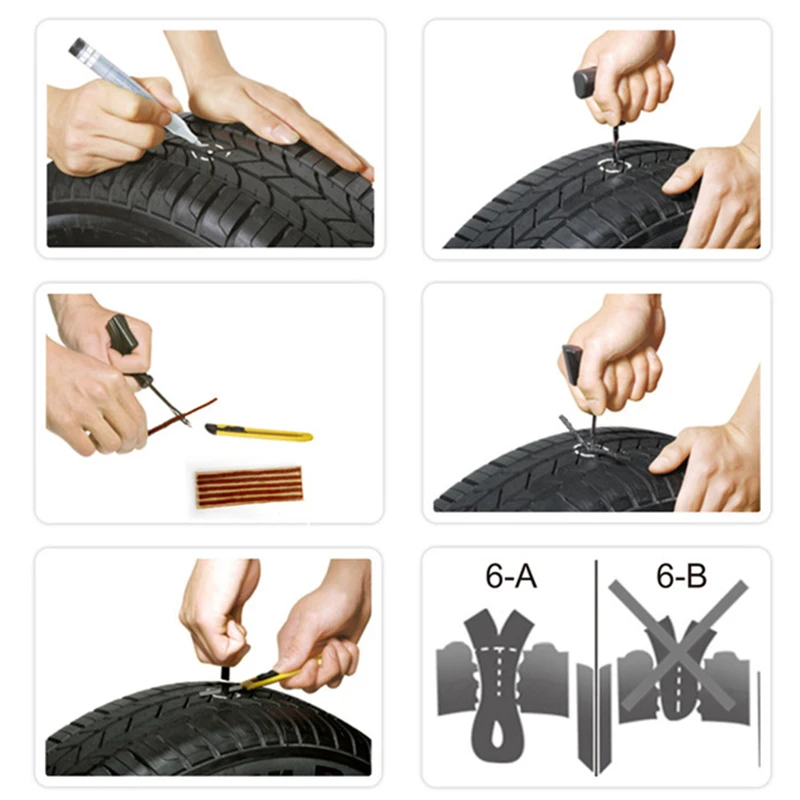 General Tire Damage
General Tire DamageThere doesn’t necessarily have to be a hole for tire damage to let air escape. If you recently scraped a curb, hit some nasty potholes, or drove your tires a little too hard, then you could have nearly invisible damage.
I actually had a tire that had a crack within the treads that I didn’t even notice. I was refilling my tires almost daily until I noticed what was wrong. Sometimes the tire can also bulge on the sides which is a sign it’ll need to be replaced soon.
It could even be internal damage causing this issue. Besides that, you could have tiny holes, cracks, fractures, or other damage to the rubber that lets air escape. If the rubber beads that create an airtight seal aren’t perfectly flush, then air will leak there as well.
Solution: The best solution for a tire that keeps losing air is to just replace the tire and the other tire that shares the axle. If the tire is older, then replace all four.
The other piece of the puzzle is the metal wheel that the rubber seats into. Tire professionals go through a lot of steps to make sure the rubber is perfectly seated on the wheel, but that doesn’t prevent wheel damage.
Tire professionals go through a lot of steps to make sure the rubber is perfectly seated on the wheel, but that doesn’t prevent wheel damage.
If the metal is deformed, bent, or corroded, the rubber tire won’t have an airtight seal. This will allow air to escape in some gap between the metal and rubber.
This is one of the more common issues when it comes to flat tires without holes in them. The metal is just as important as the rubber.
Again, if you scraped a curb, then you could knock the metal out of position and break the seal. This is also the case for older cars, especially ones that are parked outside.
Solution: You’ll need to buy a new wheel and re-seat the tires. Some companies offer wheel repairs, but it’s often more expensive and time-consuming than just getting a new one. Make sure everything is balanced and aligned before you leave the shop.
If you didn’t know, outside temperature has a big impact on the pressure within your tires.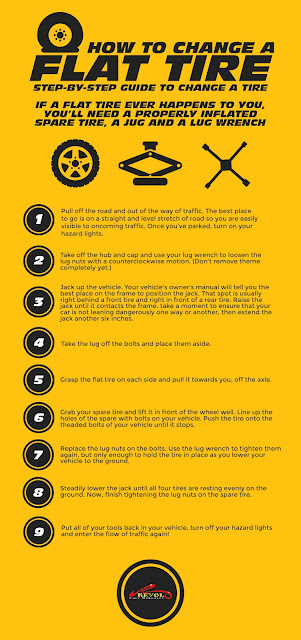 It seems like a strange concept, but hot air expands, and cold air contracts. If you go through enough temperature cycles of hot to cold, then the air in your tires might be so compressed that your air pressure is low.
It seems like a strange concept, but hot air expands, and cold air contracts. If you go through enough temperature cycles of hot to cold, then the air in your tires might be so compressed that your air pressure is low.
You’ll notice this more as seasons change or a cold front blows through. If you keep refilling your tires, however, it’s more than just changing temperatures. If anything, the temperature will cause you to have low tires maybe one or two times during a season.
I have a guide that helps you fix tires that lose air every few days, so give that a read if you need help.
Solution: Refill your tires and wait a few days. If they’re low again, then it’s not a seasonal issue. If refilling them fixed the problem, then you don’t have to worry about it anymore.
This issue is big for cars that sit in storage for a long time or tires that don’t get used for a while. I recently talked about ways to prevent tires from cracking, and the focus of that guide was to prevent dry rot.
Dry rot happens when rubber breaks down and basically turns to dust. Modern tires have a protective coating on them that prevents this, but the coating eventually goes away and exposes the rubber.
If your tires look faded or have “scratch marks” along the sides, it could be the early (or late) signs of tire rot.
Once dry rot sets in, there are many holes and cracks for air to escape. Since the damage is due to rubber at the end of its life, there’s no way to patch or correct the tire.
Solution: The only solution is to replace all of your tires if you notice dry rot in one of them. Driving too long on a dry-rotten tire can cause a blowout and will leave you stranded.
You’ll also need to confirm that the rubber is correctly seated on the metal wheel. I’ve had an experience where a budget tire shop didn’t correctly seat the rubber, and I lost tire pressure within a few days.
Most commonly, this happens due to operator error as the person installs your tires.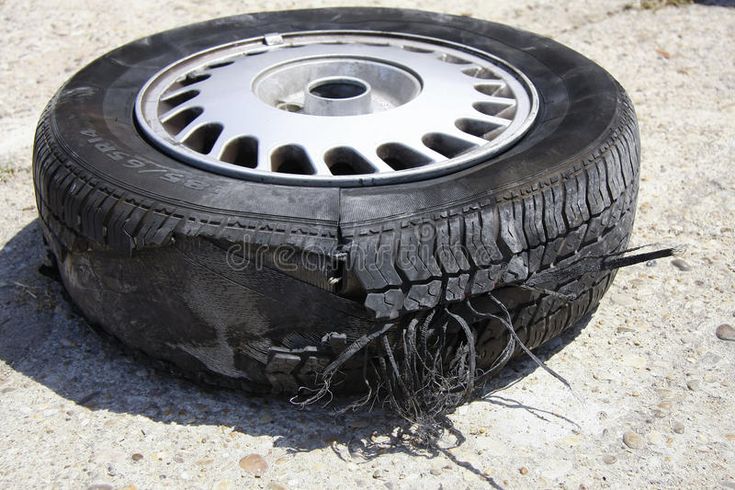 If they don’t do the proper checks afterward or they don’t have tire experience, it’s easy to mess up the installation.
If they don’t do the proper checks afterward or they don’t have tire experience, it’s easy to mess up the installation.
This can also happen if you drive like a daredevil. Hitting a corner too fast or driving too fast on an unpaved road can create so much sideways force that it knocks the rubber off of your wheel. The same can happen if you drive over a curb or hit it too fast.
Solution: You’ll need to replace the tire and have it reseated. Other damages might render the tire unusable, so you might need a full replacement.
I just covered 6 ways that a tire can go flat without a hole in it. If this guide helped you, drop a comment below and let me know. Also, be sure to check out the rest of my site for more of your car questions answered. I have a list of recommended products, so take a look at that too.
Your subscription could not be saved. Please try again.
Thanks for subscribing, see your free e-book on your inbox!
First name
Email address
Your tires have a tough gig.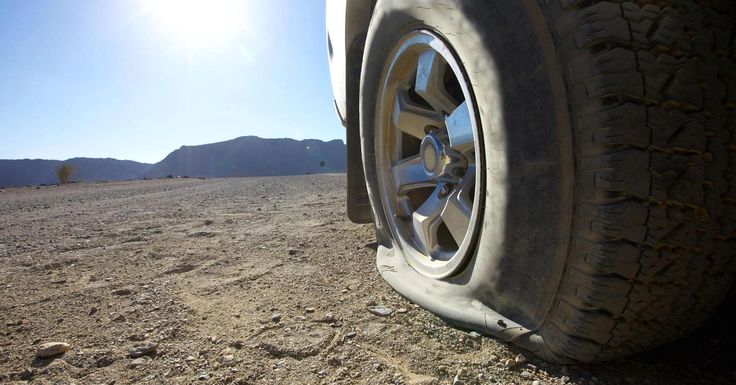 From maneuvering around potholes to navigating through bumpy construction zones, your tires take it all on just to get you from point A to point B. Sometimes they make it out unharmed—other times, not so much.
From maneuvering around potholes to navigating through bumpy construction zones, your tires take it all on just to get you from point A to point B. Sometimes they make it out unharmed—other times, not so much.
Why do tires come out safe and sound sometimes, but not others? It’s time you went further, longer. Learn the most common reasons your tires go flat and how you can better avoid them!
The worse the condition of the road, the greater your risk of getting a flat tire. Uneven paving, potholes, and debris are enemies to your tires–sometimes causing an immediate problem and other times causing a slow leak.
Avoid it: Safe driving is one of the best ways to avoid aggravating road dangers and tire damage. Drive slower and leave extra space between you and the vehicle in front of you to give yourself more time to spot (and avoid) bumps, potholes, and road debris.
Not-so-fun fact: your tire is most likely to go flat during the hottest months of the year.![]() High temperatures cause the air in your tires to expand, which in turn increases the tire’s internal pressure. When the pressure rises, so does your chance for a leak or total blowout. Most Tire Pressure Monitoring Systems (TPMS) measure your tires when they become underinflated–not overinflated–so don't wait for your dashboard light to pop on like it tends to do on cold winter mornings.
High temperatures cause the air in your tires to expand, which in turn increases the tire’s internal pressure. When the pressure rises, so does your chance for a leak or total blowout. Most Tire Pressure Monitoring Systems (TPMS) measure your tires when they become underinflated–not overinflated–so don't wait for your dashboard light to pop on like it tends to do on cold winter mornings.
Avoid it: Check your tire pressure in the morning, before you've driven more than a few miles and the sun starts to heat things up. This is your best chance at an accurate tire pressure reading. Double check that your tire pressure is correct and avoid over-inflation at all costs, especially during the summer! To keep learning, check out What to Know About Summer Driving and Tire Pressure.
Flat tires aren’t always caused by a hole in the rubber. Instead, a malfunction or leak in the valve stem can be the culprit. The valve stem is the part of the tire that you unscrew when adding air. Any damage or even dirt on this small piece could cause your tire to lose air until it’s completely flat.
Any damage or even dirt on this small piece could cause your tire to lose air until it’s completely flat.
Avoid it: Valve stems age with time and can become brittle or cracked. Take your car to your local tire shop to have the stem inspected and if needed, fixed or replaced.
Sometimes there isn’t a major incident that causes a flat tire. Normal wear and tear can simply get the best of your tire! As you drive, the tread on your tires gradually wears down. This can make your tires more vulnerable to the typical hazards of daily driving–in other words, more likely to go flat!
Avoid it: While tire wear is perfectly natural, there are a handful of simple things you can do to reduce it. Try easy, everyday ways to reduce tire wear like avoiding fast stops and starts, monitoring and maintaining the recommended tire pressure, regularly rotating your tires, and investing in a routine wheel alignment.
Now you know the most common causes of a flat tire, but that doesn’t mean you can prevent them all.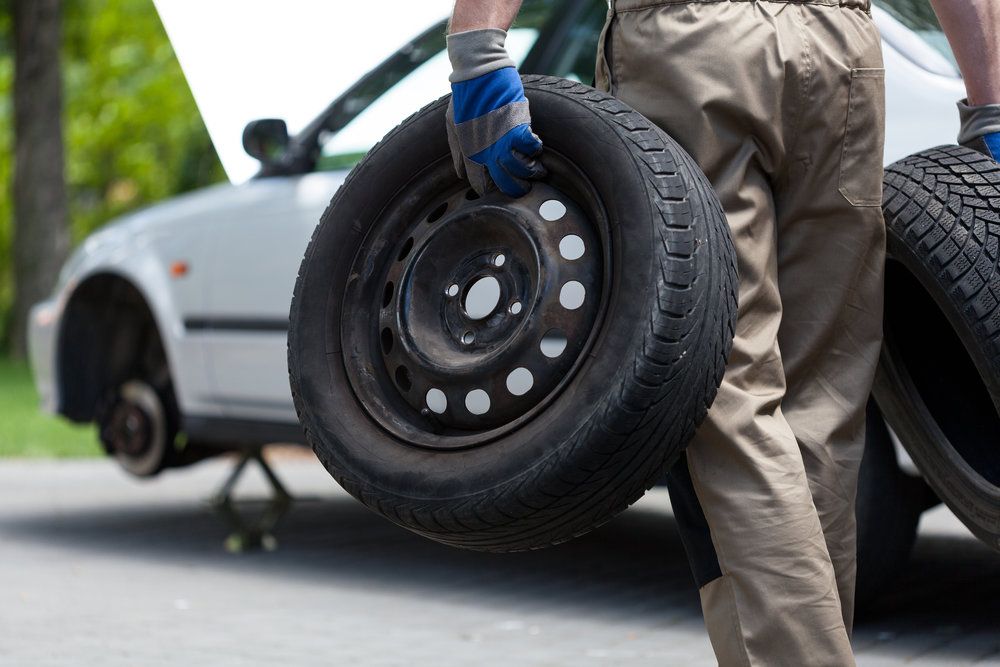 If you’ve got a flat, head to Firestone Complete Auto Care for professional tire repair and talk to a technician about the one tire that actually fights flats—Bridgestone's DriveGuard tire. Invest in these tires and you can drive up to 50 miles at speeds of up to 50 mph, even after a tire has been punctured or lost all of its air. Can your current set say the same, or are you driving on four flats waiting to happen? Get a tire quote online to see if DriveGuard tires are available for your vehicle today!
If you’ve got a flat, head to Firestone Complete Auto Care for professional tire repair and talk to a technician about the one tire that actually fights flats—Bridgestone's DriveGuard tire. Invest in these tires and you can drive up to 50 miles at speeds of up to 50 mph, even after a tire has been punctured or lost all of its air. Can your current set say the same, or are you driving on four flats waiting to happen? Get a tire quote online to see if DriveGuard tires are available for your vehicle today!
Photo https://www.roadandtrack.com
and the specialist in tire fitting did not find visible punctures, cuts or other damage to the rubber. What could be the reason for the depressurization of the wheel in this case, and how to determine it, the AvtoVzglyad portal figured out. nine0009
Ivan Flyagin
The vast majority of modern cars are equipped with tubeless tires, which allow maintaining pressure in the wheel for some time with a slight puncture. That is why, unlike tires with a chamber, which, if damaged, can instantly go down or even burst at high speed, such rubber is considered the safest.
That is why, unlike tires with a chamber, which, if damaged, can instantly go down or even burst at high speed, such rubber is considered the safest.
Most often, tires deflate due to a puncture or side cut, but sometimes the driver does not find visual damage on them, and in order to determine the cause of depressurization, he turns to the tire shop. Even if it happens on a trip, far from home in an unfamiliar area, it is still better to replace a flat tire and not hesitate to diagnose and repair it. The use of various tire sealants in this case will give a temporary effect. But, first of all, it is necessary to establish the cause of tire depressurization. nine0009
What does the specialist do in this case? To begin with, he usually pumps the wheel 1-1.5 atmospheres and tries to catch by ear where the air comes out. If there is no result, then most likely, he will moisten the surface of the tire with plenty of soapy water and determine the location of the damage by the emerging air bubbles.
But even this sometimes does not help, and then the wheelmaker will dip the entire wheel into a tank of water. Alas, even in this case, there may be no bubbles, since it happens that the removed wheel holds air, and if you install it on the car, it lets it through. This is mainly due to an object stuck in it - a self-tapping screw, a nail, a piece of wire. One effective way to solve the problem in such a situation is to disassemble the wheel and run a rag over the inside of the tire. If the rubber caught some sharp object, then it will definitely stick out from the inside, and the rag will catch on to it anyway. nine0009
If the mechanic has not been able to find the damage to the rubber, then the wheel can be flat only in two cases - due to a disc failure, or due to depressurization of the spool (nipple). In the first case, the tire does not fit tightly enough to the damaged disc due to its deformation. To do this, it is enough to fly at high speed into a deep hole or a steep bump. If it is still maintainable, then the situation will be corrected by rolling it on special equipment, which will restore its geometry. nine0009
If it is still maintainable, then the situation will be corrected by rolling it on special equipment, which will restore its geometry. nine0009
The price of the issue depends on the diameter of the disc and its type - cast or stamped. In Moscow, this is a maximum of 2,500. Sometimes the rubber moves away from the disk due to its corrosion in the places where the tire fits - in this case it is better to replace it. If it's a penny spool, then we are talking about a less expensive problem, which is solved by replacing this inexpensive part.
132791
How did the domestic market manage to achieve such success
2999
How the domestic market managed to achieve such successes
,2999
Subscribe to the Autovzglyans channel:
Buildings, Road safety, Road safety, safety, safety of roads, safety of roads, safety of roads, safety.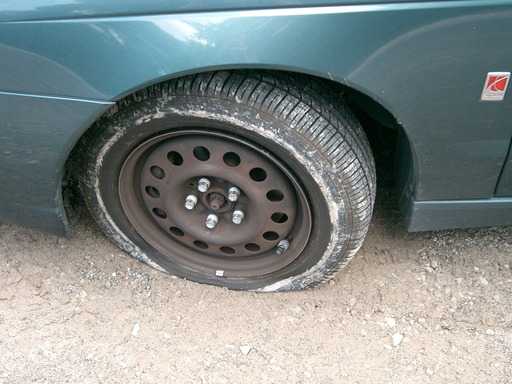 wheels, technology, repair, spare parts, components, accessories, tyres, disks, tyres, maintenance, tire fitting
wheels, technology, repair, spare parts, components, accessories, tyres, disks, tyres, maintenance, tire fitting
A self-tapping screw or a sharp stone lying on the road can cause a lot of trouble for the driver. After reading this article, you will have a ready-made sequence of actions to take if you have a flat tire.
If for an experienced driver a wheel puncture is just a small nuisance that takes half an hour to set up a spare tire, then a novice, faced with a similar problem for the first time, will definitely be confused. Indeed, many questions will immediately arise in his head: “what to do now?”, “How to replace the wheel on your own?” and “can I get to the car service on a flat tire?”. Therefore, we will deal with the situation in order. nine0009
Tires with and without tubes
There can be many reasons for a flat tire. If you have a chamber wheel (that is, a chamber is inserted into the tire, which was actually inflated), then it is rather unfortunate to run into a sharp object, and the tire will go down in a matter of minutes. Imagine if this happens at speed... That's why most automakers fit their cars with safer tubeless tires. Drivers drive such cars for months with a screw in the wheel and do not notice it. nine0009
Imagine if this happens at speed... That's why most automakers fit their cars with safer tubeless tires. Drivers drive such cars for months with a screw in the wheel and do not notice it. nine0009
The fact is that inside tubeless tires there is no separate chamber, and the pressure is kept due to the tight fit of the tire beads to the disk. In the event of a puncture, a tubeless wheel will bleed air much more slowly. Of course, if the self-tapping screw (or something else) remains at the puncture site. A special viscous solution is applied inside the tubeless tire, which is glued to the self-tapping screw, “closing the hole”, and does not allow air to leave the wheel.
Four causes of "baiting" of air in the wheel
There are many reasons for letting air out of a tubeless tire. This is not only a puncture or breakage of the spool (this is a valve located in the nipple that regulates the passage of air during inflation), as is the case with a chambered wheel, but also a side cut or peeling of the tire from the disk.
1. Tread puncture
Perhaps the most common cause of a flat tire is a puncture. Nails, pieces of wire or other metal objects, unfortunately, are far from rare "guests" on the roads. What can we say about the sharp pebbles found here and there on a country road ... nine0009
In most cases, metal objects get stuck in the tread. And this is good! Firstly, the self-tapping screw is not difficult to notice, thereby establishing the puncture site. Definitely harder to find an empty hole. Secondly, the object remaining in the tire inhibits the release of air from the wheel.
Many will be surprised, but it is better not to pull a protruding foreign object out of the tread. If the puncture is small, this will allow you to get to a car service without changing the wheel to a spare one, but only periodically pumping it up with a pump, and there you can start fixing it. In addition, with the self-tapping screw not removed in the tire fitting, it will be much easier to find the cause of the air leak, pull out the stuck object and seal the hole.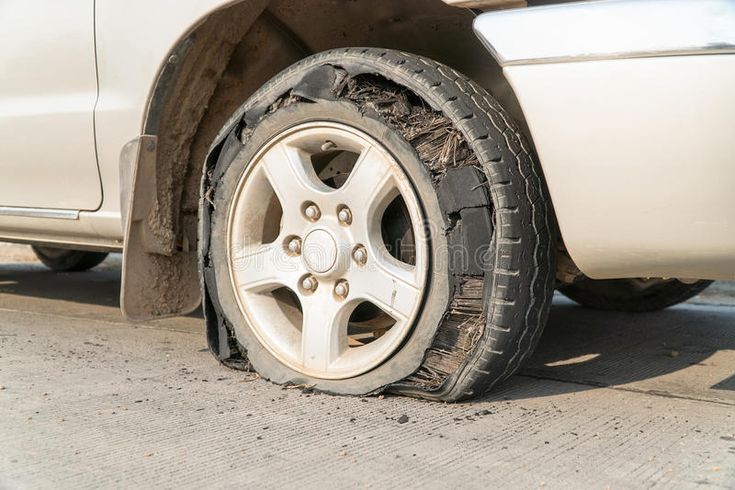 nine0009
nine0009
2. Side cut tire
Tire cuts are much less common than punctures. The sidewall of the wheel is usually damaged: it is much thinner than the running part of the tread.
The cut is usually caused by diving into a sharp-edged pothole or an unfortunate collision with a curb. So park carefully. Sometimes, however, cuts do not depend on the driver - after all, one of the "well-wishers" could try. In any case, the cut must be examined. In case of minor damage to the wheel, you can still try to restore it (in a car service). If the cut does not reach the cord (rings of soft metal threads that run along the entire inner diameter of the tire), then the wheel usually does not flatten. With a more severe cut, the tire will have to be changed. nine0009
In some car services, the masters can offer you the restoration of a wheel with a serious cut. Even if the tire does not deflate, under the influence of pressure it can burst at any time. And, most likely, this will happen while driving, and the consequences can be very serious. So it's not worth the risk.
3. Loss of tight contact of the tire with the disc itself
Driving on "high-quality" Russian roads often leads to disk deformation. Enough to fall into the hole. Inexperienced drivers may also encounter this problem due to a strong impact on the curb while parking or turning (what is called: "not fit"). The disk is deformed, as a result of which the tire bead seal becomes leaky, and air begins to escape into the gap formed. nine0009
Violation of the geometry of the rims entails many problems. Firstly, a dent in the disc spoils the tire, on which a “hernia” often occurs. In this case, rubber can no longer be saved. Secondly, disk deformation often leads to increased vibration of the car body or “beating” of the steering wheel. As a result, the suspension will also suffer.
However, this problem can be solved by straightening (aligning) the disk in any tire fitting.
nine0069 4. Broken nipple or spool
And finally, another reason for a flat tire is a malfunction of the nipple (inlet-outlet device) or spool (valve inside the nipple). It is very simple to diagnose the “etching” of air through the nipple: just lick your finger and smear the outlet with saliva. If the liquid starts to bubble, then the problem is in the nipple.
To stop air leakage, you will either have to glue the place where the nipple valve fits on the disk and then you can’t do without tire fitting (the wheel must be disassembled), or replace the faulty spool and re-inject air into the wheel. nine0009
What should I do if the wheel "punches" while driving?
If during the trip you heard loud "squishing" sounds, then, most likely, you have a flat tire. When "breaking through" the front tire, the car can also "lead" to the side. Do not rush to press the brake pedal, despite your instincts. Otherwise, the drift is guaranteed. Try to keep the car on a straight path even if it is drifting to the side. You need to let the car stop smoothly and on its own, ideally on the side of the road. Turn on your hazard warning lights and put up a warning triangle to protect yourself from being kicked in the butt.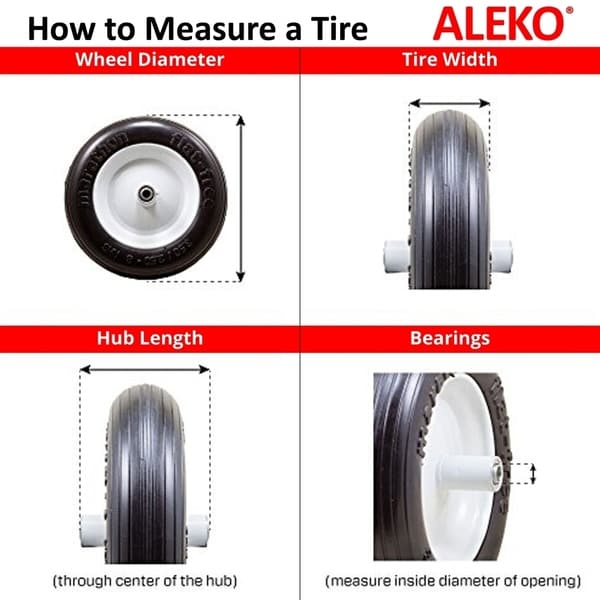 And then deal with troubleshooting. nine0009
And then deal with troubleshooting. nine0009
How to identify the location of the damage?
First, inspect the wheel and listen. You can often hear air escaping when punctured. This will help you find the hole.
However, it also happens that the tire outwardly looks intact, but does not hold air. In this case, you need to pump up the wheel one to one and a half atmospheres, apply soap suds on it and see where air bubbles appear. If this does not help, you will have to remove and immerse the entire tire in water. nine0009
If these methods do not help, then there is another one. True, you will have to disassemble the wheel and run a rag along the inner surface of the tire. The fabric will certainly catch on to a foreign object.
Driver's lifesaver: spare tire and repair kit
Be sure to bring a pump and repair kit with you. After all, no one is immune from hitting a nail. Well, a spare wheel, a jack and a balloon wrench, of course.
Installing a spare is pretty easy. For this, the girl does not have to strain at all - you can stop a passing car. In Russia, people are sympathetic, they should not leave in trouble! nine0009
1. First, unscrew the mounting bolts from the wheel.
2. Install wheel chocks (large stones will do instead), shift into gear, and apply the handbrake to keep the machine from moving during repairs.
3. Raise the desired side of the car on the jack. At the same time, make sure that the car does not warp in the process of lifting.
4. We change the “punctured” wheel to a spare one.
5. We tighten the bolts on the wheel until they stop, but do not tighten yet.
6. We lower the car.
7. And now we completely tighten the bolts.
At the same time, moving on the dokatka, you should not accelerate much. And of course, in the near future it must be replaced with a full-size wheel.
If the puncture is small, then you can get by with a repair kit by closing the puncture.